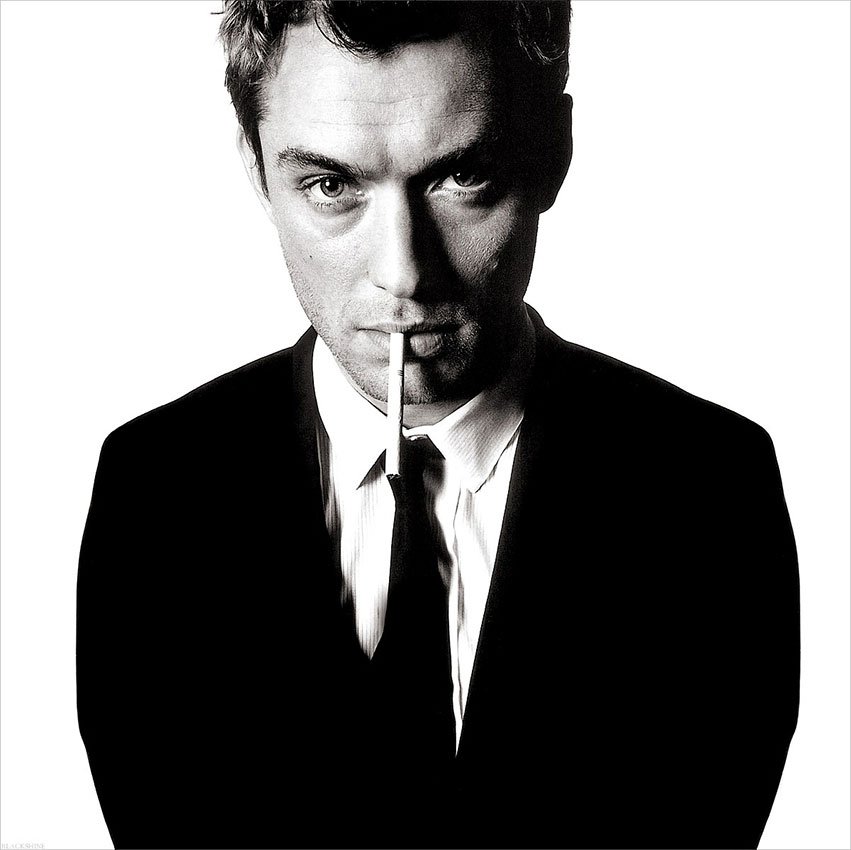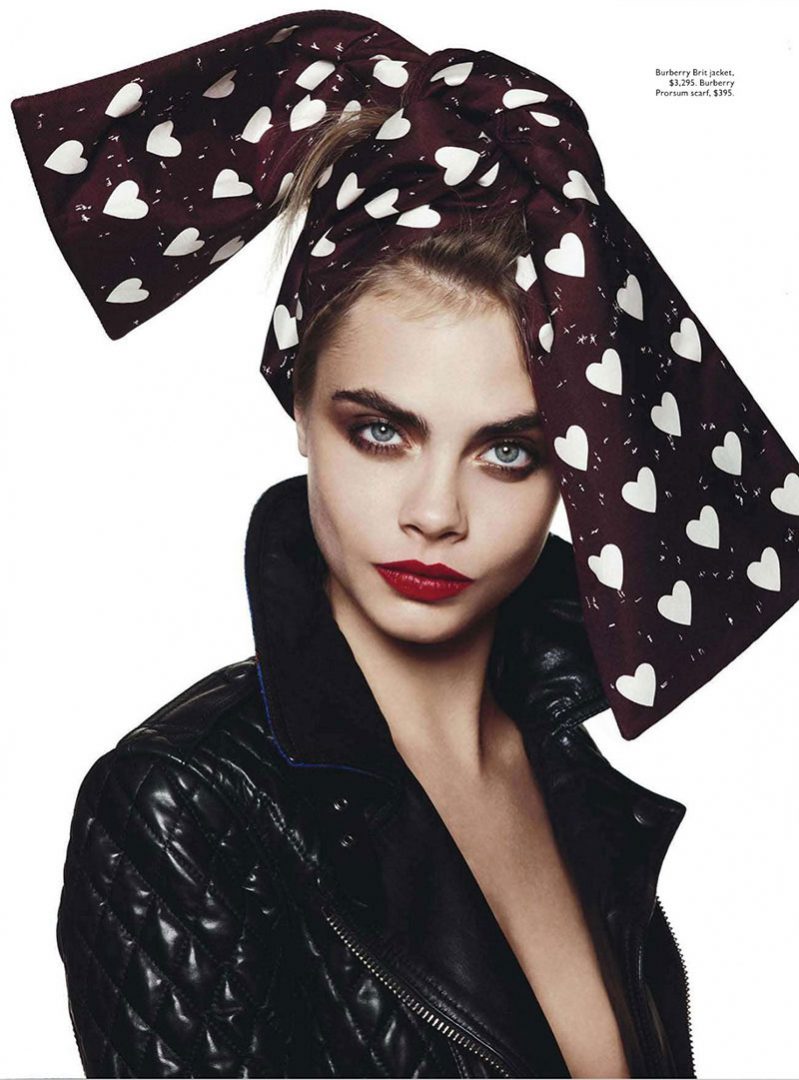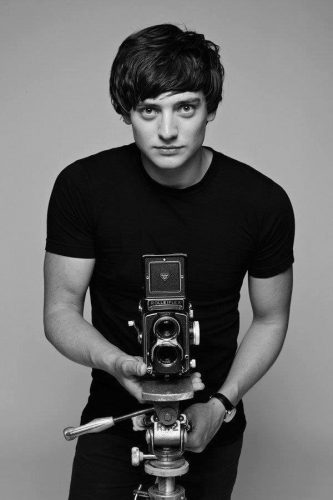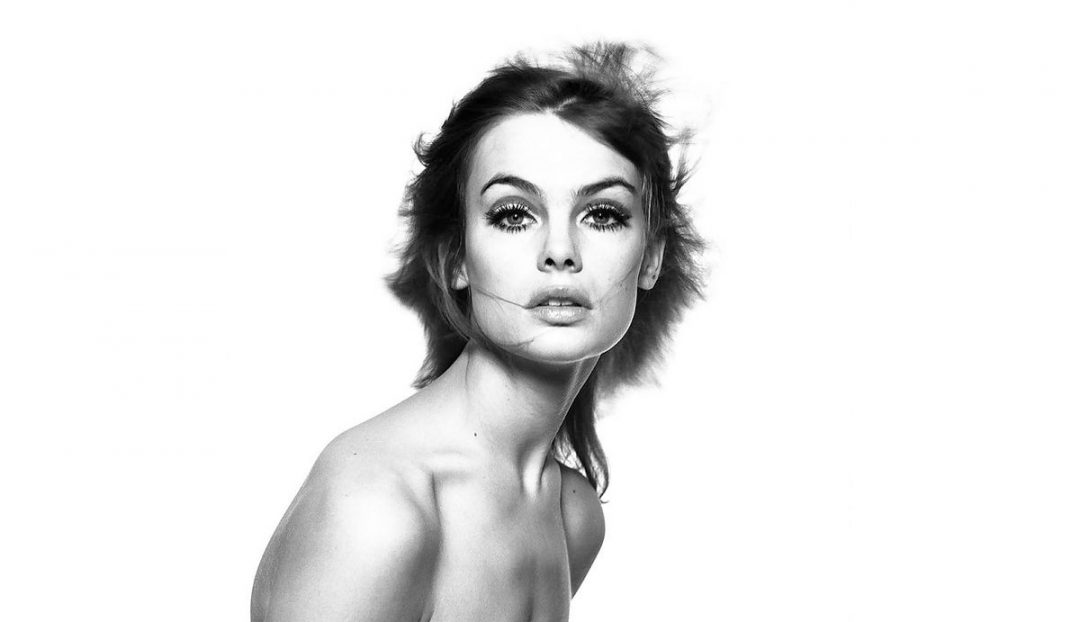David Bailey – “Blow-Up” Revisited
David Bailey was born in Leytonstone East London, to Herbert Bailey, a tailor’s cutter, and his wife, Sharon, a machinist. From the age of three he lived in East Ham.
Bailey developed a love of natural history, and this led him into photography. Having the disorder of dyslexia as a young lad, he of course experienced problems at school. Especially as they weren’t that savvy diagnosing it in those days. Although he attended a private school, he apparently was taught even less than the public schools, and struggled as a child.

He rarely attended classes, which would cause he and his parents some consternation at the time. He left school at 15, and got a job as a copy boy. After a series of dead end jobs and a stint in the military. He was told,…”You could become a boxer, a car thief, or maybe a musician.” But photographer? He eventually discovered the work of Henri Cartier-Bresson, which greatly inspired him, and started voraciously poring through copies of LIFE and various American photo journals. In 1957 he bought his first camera. “I was smitten, and gradually the prospect of becoming a photographer became less remote, perhaps even attainable.”
In 1958 he decided to seriously give photography a go and bought a Canon rangefinder camera. To promote his newly found obsession, he applied to get into the London College of Printing, but failed because of his school record. Undeterred, he became a second assistant to David Ollins, who was then the main supplier of photos to Queen Magazine, and earned about $5-6 a week as a studio lackey. Eventually, he got an interview with photographer John French, who hired him on the spot.
Becoming a Pro
Determined,…. and with nothing to lose, Bailey became a photographic assistant for John French, and later, became an actual photographer for John Cole’s Studio Five. Soon after, he snagged some work as a fashion photographer for British Vogue. He also hustled a large amount of freelance work.

Terence Donovan, Brian Duffy and Bailey helped create the ‘Swinging London’ of the 1960s: a culture of fashion and celebrity chic. The three photographers socialized with actors, musicians and royalty, and found themselves elevated to celebrity status. Together, they were the first real celebrity photography icons, and were named by Norman Parkinson “the Black Trinity”.
Film “Blow-Up”
The film “Blowup” (1966), directed by Michelangelo Antonioni, depicts the life of a London fashion photographer (played by David Hemmings) whose character was supposedly inspired by Bailey. The “Swinging London” scene was aptly reflected in his “Box of Pin-Ups” (1964): a box of poster-prints of 1960s celebrities including Terence Stamp, The Beatles, Mick Jagger, Jean Shrimpton, PJ Proby, Cecil Beaton, Rudolf Nureyev, Andy Warhol and the notorious East End gangsters, the Kray twins.
The Box
The Box was an unusual and unique commercial release. It reflected the changing status of the photographer that one could sell a collection of prints in this way. (The strong objection to the presence of the Krays on the part of a fellow photographer, Lord Snowdon, was the major reason no American edition of the “Box” ever appeared and that a second British edition was not issued.) The record sale for a copy of ‘Box of Pin-Ups’ is reported as “north of $35,000”.
Bailey’s ascent at Vogue was meteoric. Within months he was shooting covers and, at the height of his productivity, he shot 800 pages of Vogue editorial in one year. Penelope Tree, his former Vogue model/girlfriend, described him as “the king lion on the Savannah: both incredibly attractive and possessing a dangerous vibe. He was the electricity, the brightest, most powerful, most talented, most energetic force at the magazine”.
American Vogue
American Vogue’s creative director Grace Coddington, then a model herself, said “It was the Sixties, it was a raving time, and Bailey was unbelievably good-looking. He was everything that you wanted him to be – like the Beatles but accessible – and when he went on the market everyone went in. We were all killing ourselves to be his model, although he hooked up with Jean Shrimpton pretty quickly”.
Jean Shrimpton….
The camera loved her. Some said at the time that she was the cheapest model in the world. Never took a bad picture. A photogs dream. She knew where to put her hand,… she knew where the light was,… she was just a natural.
Bailey began working with prestigious fashion brand Jaeger in the late 1950s when Jean Muir landed the role of designer. After working alongside other fashion photographers such as the late Norman Parkinson, Bailey was officially commissioned by Vogue in 1962.

Since 1966, Bailey has also directed several television commercials and documentaries. From 1968 to 1971 he directed and produced TV documentaries titled “Beaton”, “Warhol” and “Visconti”. As well as fashion photography, Bailey photographed album sleeve art for musicians, including The Rolling Stones and Marianne Faithfull. One of Bailey’s most famous works that depicts the Rolling Stones included Brian Jones, who later drowned in his pool while under the influence of drink and drugs. He is seen standing slightly apart from the rest of the group.
More Musicians
Bailey was hired in 1970 by Island Records’ Chris Blackwell to shoot publicity photos of Cat Stevens for his upcoming album “Tea for the Tillerman”. Stevens (now known as Yusuf Islam) maintains that he disliked having his photo on the cover of his albums, as had previously been the case, although he allowed Bailey’s photographs to be placed on the inner sleeve of the album.
In 1972, rock musician Alice Cooper was photographed by Bailey for Vogue magazine, almost naked apart from a snake. Cooper used Bailey the following year to shoot for the group’s chart topping “Billion Dollar Babies” album. The shoot included a baby wearing shocking eye makeup and, supposedly, one billion dollars in cash, (I doubt that), requiring the shoot to be under armed guard. In 1976, Bailey published Ritz Newspaper together with David Litchfield. In 1985, Bailey was photographing stars at the Live Aid concert at Wembley Stadium. As he recalled later: “The atmosphere on the day was great. At one point I got a tap on my shoulder and spun round. Suddenly,… there was a big tongue down my throat! It was Freddie Mercury.”
Art Too
In October 2013 David Bailey took part in “Art Wars” at the Saatchi Gallery curated by Ben Moore. The artist was issued with a stormtrooper helmet, which he transformed into a work of art. Proceeds went to the “Missing Tom Fund” set up by Ben Moore to find his brother. (who had been missing for over ten years) The work was also shown on the Regents Park platform as part of “Art Below Regents Park”.

After 53 years David Bailey returned to Jaeger to shoot their AW15 campaign. The campaign kept in line with Jaeger’s rich heritage, as menswear subject; James Penfold modelled tailored tweed blazers and the iconic camel coat. Also on the shoot was model, philanthropist and film director Elisa Sednaou.
Getting Personal
David Bailey has been married four times: in 1960 to Rosemary Bramble; in 1965 to the actress Catherine Deneuve (divorced 1972); in 1975 to American fashion model and writer Marie Helvin; and in 1986 to the model Catherine Dyer (born 20 July 1961), to whom he remains married. He is a long-time vegetarian and refrains from drinking alcohol. An art-lover with a long-held passion for the works of Picasso, his company address is in London and he has a home on Dartmoor, near Plymouth. Bailey has three children. He was named one of GQ’s 50 best dressed British men in 2015.
Bailey’s career and personal life seemed to thrive during the heyday of the “Swinging Sixties,” and while at times the public seemed more interested in his colorful exploits than in his photography, it is his work which really speaks for itself and withstands the test of time. In the past 40 years Bailey has held steadfast to the way in which he take pictures: Black-and-white, minimalist, very graphic with high contrasts between lighter values and darker tones, and shot on a variety of formats. “I take the same approach today as I did when I started. I’ve always hated silly pictures and gimmicks, which is all I see these days, or, to put it another way,… ‘the Avant Garde has gone to Kmart’.”

Books, Films and Magazines
All told, Bailey has written and produced countless books, directed films, arranged photographic shows and made commercials. His book Goodbye Baby and Amen is the complete record of his work and captures the decade he first flourished in, with portraits of the Beatles, the Rolling Stones, as well as actresses, politicians, artists and writers of the day. His first book of portraits, David Bailey’s “Box of Pin-ups”, was published in 1965. (see above)
David Bailey’s “Rock and Roll Heroes”, 1997, showcases more than 80 of his most vivid images of the pop scene from the 1960s on – images of Mick Jagger, John Lennon and Paul McCartney, and The Who – and also includes more recent photographs of recording artists like Seal, Liam and Noel Gallagher of Oasis, Sting, and Dave Stewart. Two noteworthy films are “Beaton by Bailey”, 1971, and “Andy Warhol”, 1973. In 1984 there was a major retrospective of his work at Manhattan’s International Center of Photography, and in 1999 another major show, “The Birth of the Cool,” at London’s Barbican Centre.
David Bailey, Archive One 1957-1969, published in 1999, includes the bulk of his early fashion and portraiture work, but also unearths some photojournalistic gems taken in the early Sixties, mostly of London’s East End. Today, Bailey’s still going strong and shows no signs of slowing down. His most recent work includes portraits and celebrity shoots for Harper’s Bazaar, Italian Vogue, The London Times and Talk magazine, among other publications. Although he has shot many iconic images with a Hasselblad & Rolleiflex 2.8, he seems to be about town these days with a Voigtlander Bessa. Find Bessa R3


he was a womanizer and an ass
Me too. So? (and he’s still alive) 🙄
The picture of ‘A young David Bailey’ is actually the British actor Aneurin Bernard playing David Bailey for the movie ‘We’ll take Manhattan’ – a good movie!
Sorry. I should have marked it to be clear. He also was not David Hemmings in “Blow-Up”. 😁 However, the picture of him with Penelope Tree is him. As is this one;
Cheers
Thank you for sharing this story about David Bailey. He is a pioneer and a brilliant photographer.